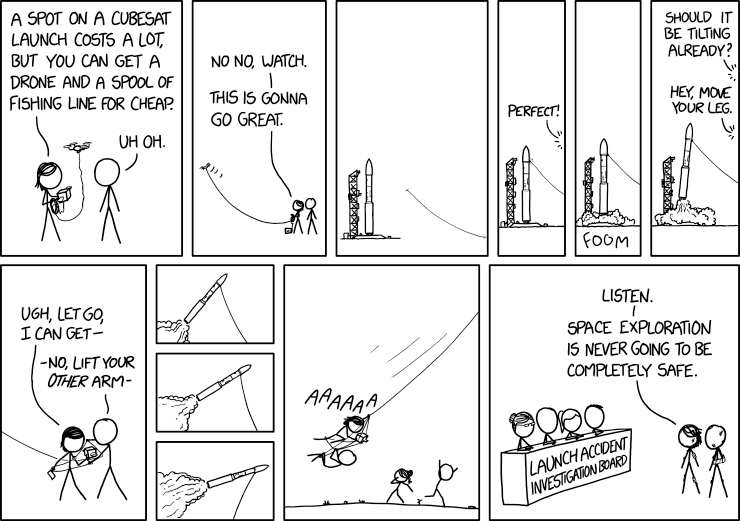For someone who loves space, this is a pretty darn cool way to experience nearly real-time data from GOES-16 and GOES-17 on my computer. No more static images of planets, now you have a real time view of the world we live in. Amazing.
While browsing the GOES Image Viewer a few months ago, I had an idea: with the data frequency that these new GOES satellites provide, I could build a Mac app that pulls the newest image every 20 minutes and sets it as your desktop background.
What resulted was a simple little menu bar app that gives you a near real-time view of Earth all day long. I’ve been using it for a few weeks as I’ve built it, and it is an absolute joy to have a window to Earth all day.
There are 8 different views of Earth to choose from in the first version of the app, including full disk images from GOES-East, GOES-West, and Himawari-8 (which happens to have a nearly identical imager). Real time views of Earth (and other planets) are only going to get more popular, so the idea is to keep the app updated with the newest image sources in the future.
Head over to the Mac App Store, get Downlink for free, and let me know what you think!

